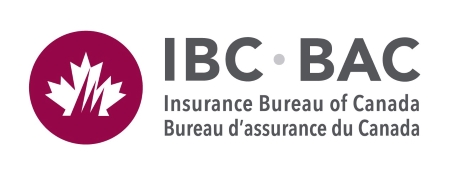IBC calls for changes to outdated regulatory system
EDMONTON, AB, Feb. 14, 2024 /CNW/ - Insurance Bureau of Canada (IBC) is calling for an immediate overhaul of Alberta's 20-year-old grid rating system after a report by Deloitte LLP found that some of Alberta's worst drivers are receiving an annual auto insurance subsidy of as much as $10,000.
Alberta's grid rating system is unique in Canada in that it caps the premiums of high-risk drivers. This means no matter how many at-fault collisions or infractions they have, high-risk drivers will never pay more than a set maximum amount. Because these drivers pay less than required for auto insurance, drivers with safe driving habits pay a higher premium to make up the difference.
Established in 2004, the grid was originally intended to ensure that new drivers could access an affordable premium. However, the number of drivers protected by the grid cap has grown dramatically and today, the majority are not new drivers.
IBC commissioned Deloitte LLP to assess Alberta's auto insurance grid rating system to determine if it's aligned with its original intent. Here are some of the key findings of the Deloitte report:
- Safe drivers in Alberta pay $180 million annually in auto insurance premiums – or $65 per driver – to subsidize the premiums of high-risk drivers.
- 52% of drivers subsidized by the grid have more than 7 years of driving experience and are not the new drivers that the system was intended to support.
- On average, high-risk drivers in Alberta with a history of at-fault claims and infractions receive an annual subsidy of $2,516.
- On average, Alberta's worst drivers with an extensive history of claims and infractions receive an annual subsidy of $9,859.
Each and every day, the grid system penalizes safe drivers in Alberta by charging them higher premiums," said Aaron Sutherland, Vice-President, Pacific and Western, IBC. "Insurance encourages safe driving habits and is a vital public safety tool. There is no public-policy rationale for subsidizing the premiums of high-risk drivers with a history of at-fault claims and/or infractions. This in unfair and works against the very thing the government should seek to encourage – safe driving."
It is clear that the grid no longer meets its original purpose and places a significant strain on the affordability of auto insurance for good drivers. Given the province's focus on improving affordability, IBC recommends the grid be removed – or substantially reformed – to strike a better balance for the majority of Albertans who drive safely.
"Good drivers deserve to see the financial benefit of safe driving habits and a clean driving record," said Sutherland. "The government is considering options to bring long-term stability to Alberta's auto insurance market and as part of that process, it must consider removing or replacing the grid system."
Insurance Bureau of Canada (IBC) is the national industry association representing Canada's private home, auto and business insurers. Its member companies make up the vast majority of the property and casualty (P&C) insurance market in Canada. For more than 50 years, IBC has worked with governments across the country to help make affordable home, auto and business insurance available for all Canadians. IBC supports the vision of consumers and governments trusting, valuing and supporting the private P&C insurance industry. It champions key issues and helps educate consumers on how best to protect their homes, cars, businesses and properties.
For media releases and more information, visit IBC's Media Centre at www.ibc.ca. Follow us on X (formerly Twitter) @InsuranceBureau and like us on Facebook. If you have a question about home, auto or business insurance, contact IBC's Consumer Information Centre at 1-844-2ask-IBC.
SOURCE Insurance Bureau of Canada

Media Contact: Brett Weltman, Manager, Media Relations, IBC, [email protected]

Share this article